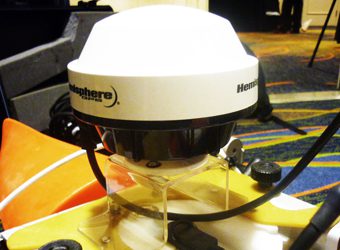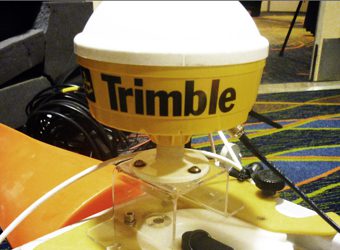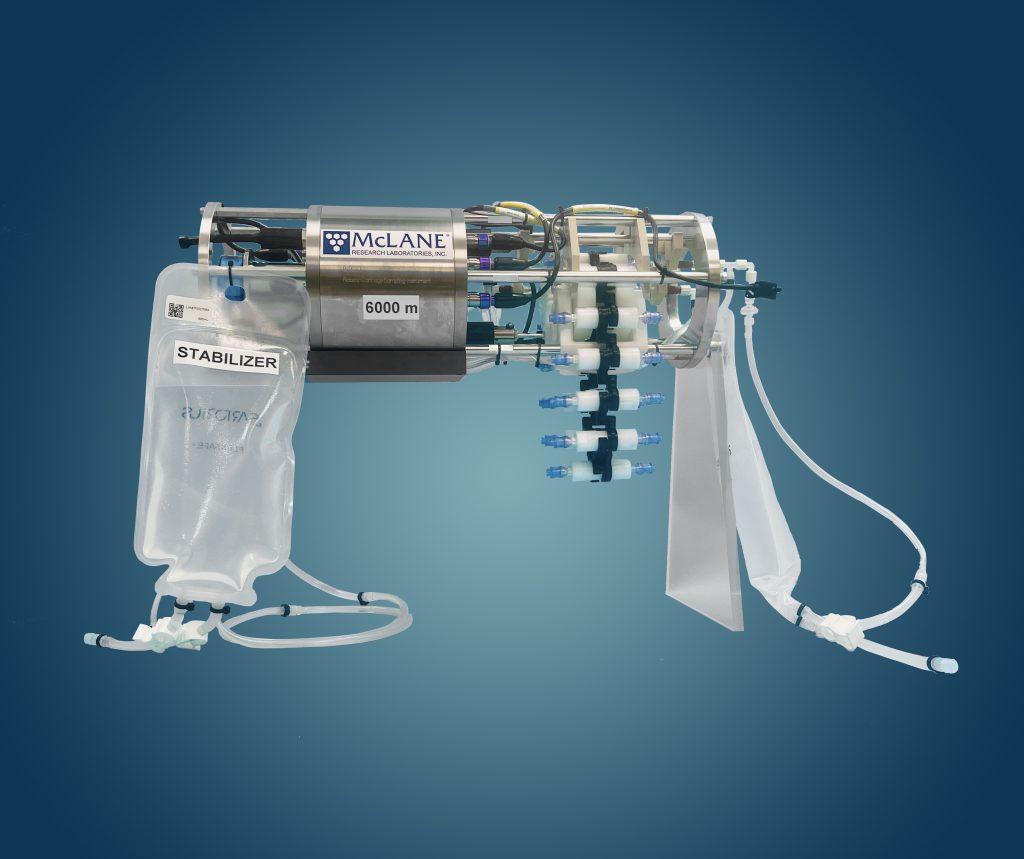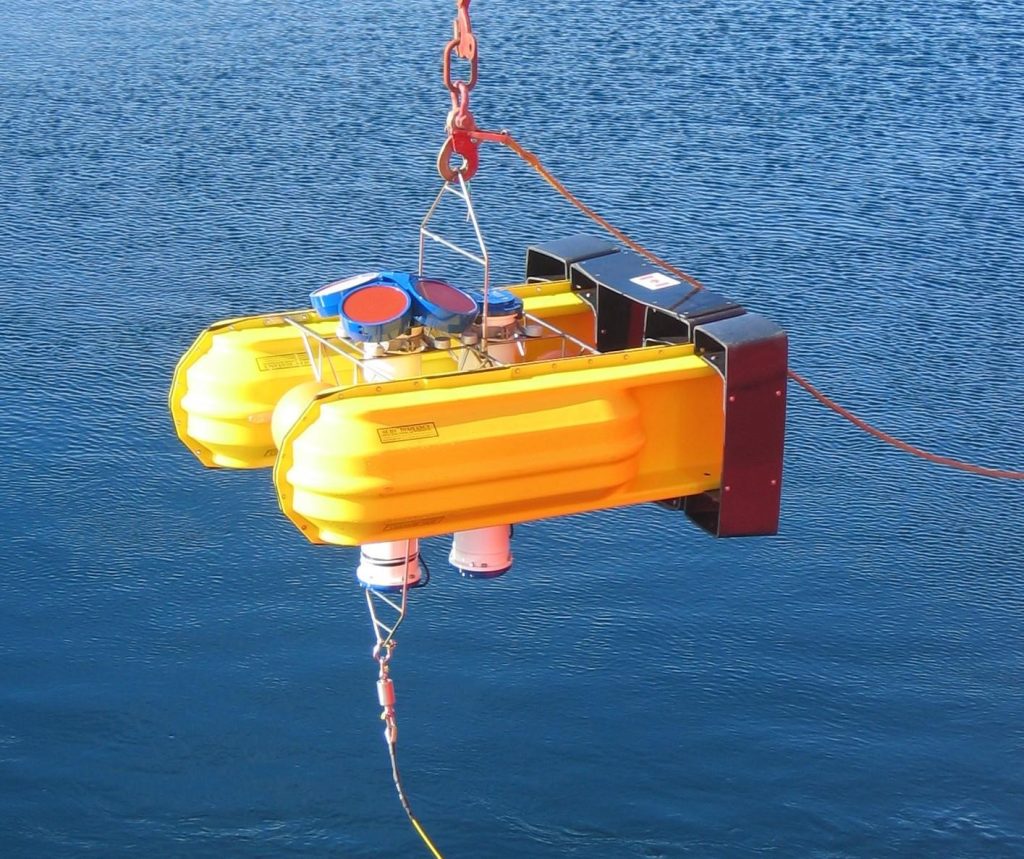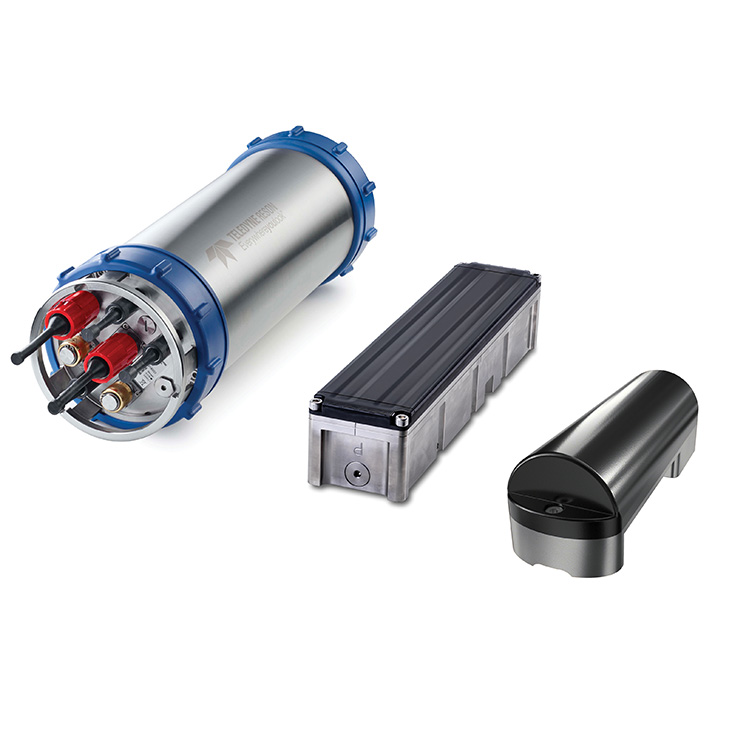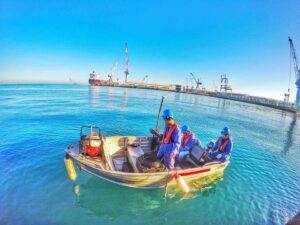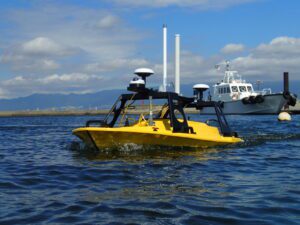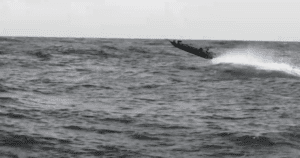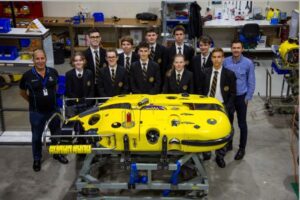Hemisphere A100 Smart Antenna DGPS integrated into RiverRay
Many users prefer to integrate a GPS into RiverRay for difficult conditions such as moving beds. The RiverRay is fully DGPS compatible and supports integration of a large number of OEM GPS units. The advantage of this approach is that customers can integrate a GPS unit that they already have in their inventory – there is no requirement to include a dedicated GPS in the RiverRay that may not be used for many applications. This reduces cost of ownership.
The RiverRay boat is wired to accept GPS and routes it into the hull via a water proof connector. The GPS data is interleaved into the RiverRay data stream so a single port is all that is required to transmit the data back to your shore station. The result is that GPS and ADCP data are well synchronised.
Differential GPS (DGPS) is recommended with the RiverRay. Differential correction sources commonly available in Australia include RTK (Real-Time Kinematic), and the OmniStar/MarineStar correction services. RTK typically requires dual GPS receivers and a communications link between them, whereas OmniStar/MarineStar only requires a single less expensive receiver.
